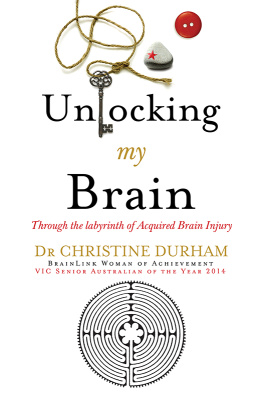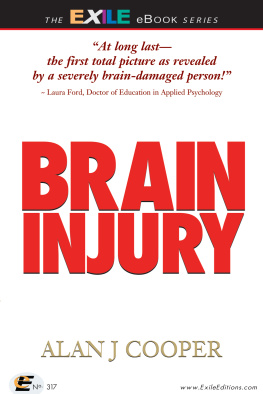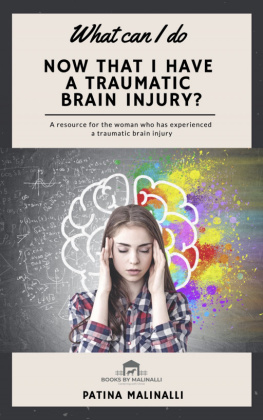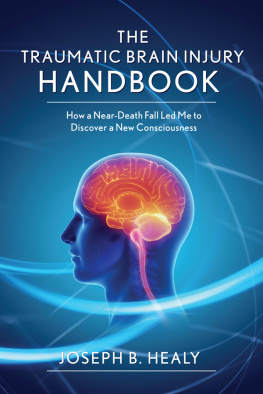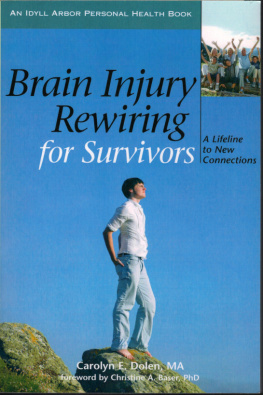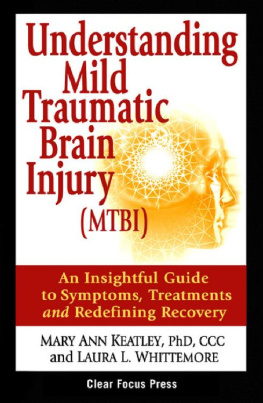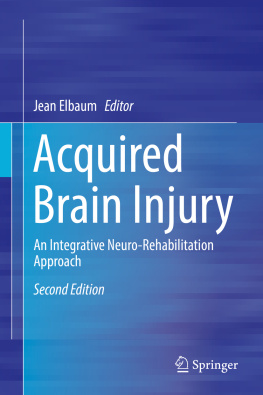About the author Christine Durham PHD
Christine, educator by training and profession, acquired brain injury as the result of a car accident in 1991. Author of Doing Up Buttons (Penguin Books, 1997), and Chasing Ideas (Finch Publishing, 2002, translated into Chinese, Korean and Arabic) she has also contributed to the books Coping for Capable Kids (Hawker Brownlow Education, 1993) and Teaching Strategies that Promote Thinking (McGraw Hill, 2006). Principal of the business Talk About Change she presents to a wide range of audiences. She was invited to compile a presentation for Henry Stewart Talks (UK) for the Biomedical and Life Sciences Collection, and is currently developing a Brain Injury Learning Resource and a book to help children understand brain injury. A mother of four and grandmother of seven, Christine lives with her husband Ted in Melbourne. She was presented with the BrainLink Woman of Achievement Award for 2012 and is the Victorian Senior Australian of the Year for 2014.
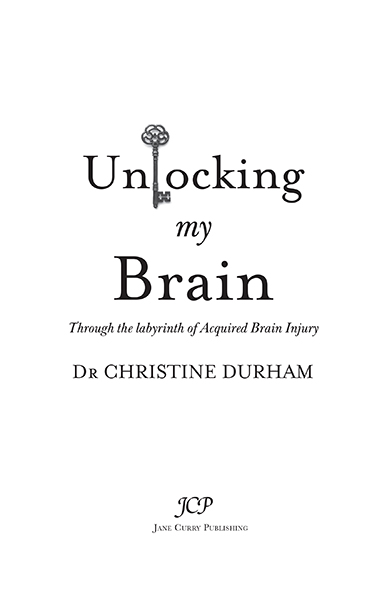
Unlocking my Brain
Through the labyrinth of Acquired Brain Injury
Written by Dr. Christine Durham
First published in 2014 by Jane Curry Publishing
Sections of this book were previously published by Penguin Australia under the title Doing up Buttons 1997
PO Box 780, Edgecliff, NSW 2027
AUSTRALIA
www.storyworkspublishing.com
www.janecurrypublishing.com.au
Copyright Christine Durham 2014
All rights reserved. No part of this book may be reproduced or transmitted in any form or by any means, electronic or mechanical, including photocopying, recording or by any other information storage or retrieval system, without prior permission in writing from the publisher.
National Library of Australia cataloguing-in-publication data:
Author: Christine Durham
Title: Unlocking my Brain; Through the labyrinth of Acquired Brain Injury
ISBN 978-1-922190-83-3 (Print edition)
ISBN 978-1-922190-84-0 (Epub Edition)
ISBN 978-1-922190-85-7 (Epdf/Mobi Edition)
Cover and internal images: Shutterstock/istock/Getty Images
Cover and internal design: Deborah Parry
Editorial: Sarah Plant
Production: Jasmine Standfield
Printed in Australia by McPhersons Printing Group
Dedication
To Peter who helped me live
PASSING BY
Peter thank you for giving me a second chance with life.
Thank goodness it was you who happened to be passing by.
My St George. You saved me from death, or a fate worse than death.
Your cool clear head was the most valiant of swords.
Now I can watch my kids grow up, I can watch my grand kids grow,
And my husband and I can grow wise and old together.
and
to my family Ted, Helen, Ann, Ken, Rob, Greg,
Tony, Gabrielle,
Alexander, Hannah, Leroy, Lucinda, Spencer,
Sebastian and Ruben
for their love and encouragement.
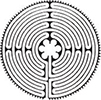
Contents
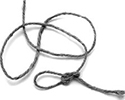
Authors note
One morning, when I was about six years old, my mother was walking me to the front gate to farewell me as I went to school, when we were dismayed to notice that one of the row of standard rose bushes that lined our driveway had fallen over in the wind.
So we went in search of string to reattach it to the support. There was no string in the kitchen drawer, no string in the garage and no string in the garden shed, so Mum took a stocking off the clothes line and used that to retie the rose bush.
That afternoon, walking home from the bus stop, I noticed a piece of string lying in the gutter so I picked it up and proudly presented it to Mum who overacted her delight at this gesture. And so, at the age of six, I became convinced that the thing my mother liked best in the whole world was string! Consequently I discovered and collected bits of string in all sorts of unlikely places, poking out of the sand at the beach, caught on fences and even jammed in a tree. Eventually the back shed was festooned with string. Finding pieces of string taught me an important life lesson: I could find what I was looking for!
This book is an account of my two decade long search, not for string, but for understanding. It tells how Ive tried to grapple with, and make sense of, the new me the person Id become after my life was changed by acquired brain injury (ABI). It is also about searching for happiness. For years after my accident I was tackling so many problems that I felt sure that I would never ever be happy again. However, Ive discovered that for me happiness is not getting rid of all my problems, but rather its about finding out how to accept and cope with them.
I hope that this story can be a string for you, a guide to help you negotiate your own challenging labyrinth.

Introduction
We were going out for the first time in many months. Id almost managed to dress myself I was so proud. What a surprise for the family! I wanted to wear the antique pearl necklace Ted had bought in Paris. Id been wearing it when I had the accident. Ann was about to fasten it when she noticed that there was a drop of dried blood on one of the pearls. After she cleaned the pearl she fastened the clasp for me and I turned round to be admired. Ann clucked Come here Mum and Ill fix your buttons. You cant go out like that!
My tiny bubble of self-satisfaction popped. Oh, to be able to do up my own buttons properly! Over the coming months, buttons became a symbol of all sorts of things small things we take for granted until they disappear independence, the kindness of my family, being in charge of my life. They stood for putting things together, for size and colour, for skill. My lips and limbs felt as if they were buttoned up. I wanted to unbutton them! But most of all I wanted to button up my life, I wanted to put it together again.
Buttoning up my life involved a journey of self-discovery, from deepest despair at the emotional devastation of brain injury to understanding and emotional growth. The trigger and the outcome of this journey was and is hope.
Since my car accident in 1991 I have been trying to piece together the whole picture of what happened, its ramifications and what I should do to recapture myself. People say to be forearmed is forewarned. I was not. There were no warnings of the obstacles and barriers that lay ahead.
My book Doing Up Buttons was published by Penguin Books in 1997. I hoped that by telling my story I could help people who had suffered brain injury to understand some of the issues so they could discuss their feelings and thoughts with their loved ones. I also wanted to give their family, friends and professionals working in the field of brain injury a picture of the personal issues involved in this complex and complicated condition. I was amazed at the contact from readers who said that the book had struck a chord with them. In sharing my personal experience from being unable to walk, talk, see or think properly through to how I regained my life and found my feet, thoughts and confidence I had unknowingly voiced the thoughts and experiences of many of the one in 45 people in the community struggling with brain injury.
Next page
